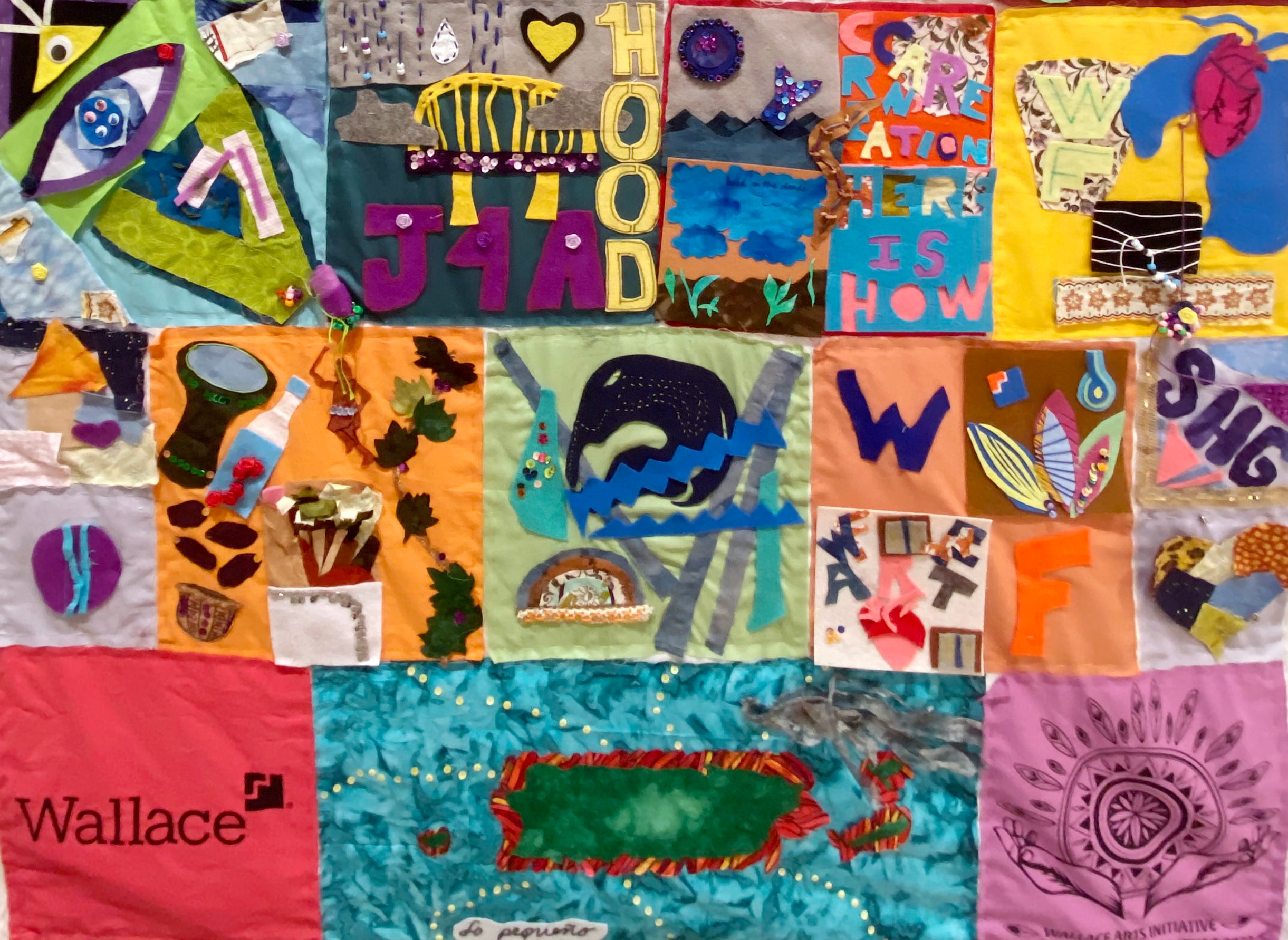What are common strategies employed by leaders of sustainable arts organizations? How might arts and culture institutions achieve organizational health and financial sustainability? A recent report by SMU DataArts, in partnership with The Wallace Foundation addresses these questions and more.
The Alchemy of High-Performing Arts Organizations studies two cohorts of organizations: 10 with a long track record of high performance and 10 that engineered a “turnaround” from low to high performance. Through an analysis of similarities across the two groups, the report offers a blueprint of how they achieved organizational health, the cornerstone of which appears to lie between programmatic excellence and community relevance. Though the study was undertaken prior to the onset of the COVID-19 pandemic, it’s being shared with the hope that the past experiences of 20 arts organizations may inform thinking about strategies for recovery.
We spoke with Zannie Voss, Ph.D., director of SMU DataArts, over email to explore pivotal insights from the report.
What is the significance of examining arts organizations that engineered a “turnaround” from low to high performance, instead of focusing your research solely on arts organizations that have proven to sustain organizational health over a long period of time?
The situation of the average organization is a need and desire to improve performance—how to get from their current Point A to Point B and beyond. Turnaround organizations have been in a similar position not long ago and can illuminate the path forward. Had we focused only on arts organizations that had proven to sustain organizational health over a long period, we might have missed the opportunity to better understand how to get the ball rolling towards high performance.
We learned that the high performing arts organizations in this study were once turnaround organizations. Their turnaround simply occurred prior to the timeframe captured in the data for this project. This finding reinforced the notion that turnarounds are not only possible, but their success can endure.
You shared that both cohorts follow the mantra “success breeds success,” and assert that achieving “tactical wins” creates a positive feedback loop. For organizations currently struggling to obtain financial health, how might they identify their first “tactical win” to pursue?
Initial tactical wins come in all shapes and forms, and typically result from some degree of risk-taking or innovation. We heard several examples such as: 1) a first large gift that followed a big idea or strategy shift for the organization’s future; 2) the first time a shift in strategy or new programming successfully attracted the intended audience; 3) the first time another organization agreed to the idea of a partnership; 4) the first time board giving reached 100%; and, 5) the first time people were willing to pay for digital programming.
Each organization will have its own answer to the question: “What will be our first, early win?”
Recognizing that this data was gathered and synthesized prior to the onset of COVID-19, how can the findings still serve as a guide for other arts organizations?
Coming out of the pandemic, many organizations will be looking for guidance on how to turnaround performance and become more stable. We contacted study participants two months into the COVID-19 crisis to ask whether their mental model for how success happens still held at this unique time. They unanimously confirmed that the underlying principles still hold, although some indicated that aspects, such as community orientation and adaptive capability have taken on even greater importance. Still, we acknowledge that the pandemic’s toll on human lives, the economy and public perceptions about the safety of gathering to share cultural experiences in closed spaces may impact aspects of this model in untold ways (e.g., introduction of new elements, the critical nature of some elements over others, timeframe required, etc.).
What do you hope leaders of arts organizations will take away from the report’s findings and insights?
Success is not accidental or haphazard. All interviewees possess a mental map—or playbook—for how success happens, created with involvement from staff and board. I hope arts leaders use the model as a framework for analyzing where their organization stands on the various elements. Does it heavily emphasize high standards of program excellence but underinvest in its community? Is the organization’s culture built on trust, transparency and a participatory management style? Is the organization’s energy in a place of passion, aggression or resignation? Are all decisions guided by mission alignment? Given what the organization has, what it does and where its expertise lies, where are there new opportunities to be seized?
Ultimately, success takes a slow, controlled burn. Grounded plans recognize multiple steps in the process rather than assuming a single action or miracle moment will provide transformation.




